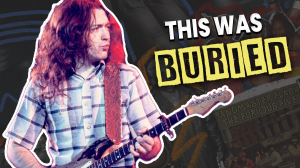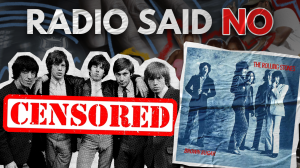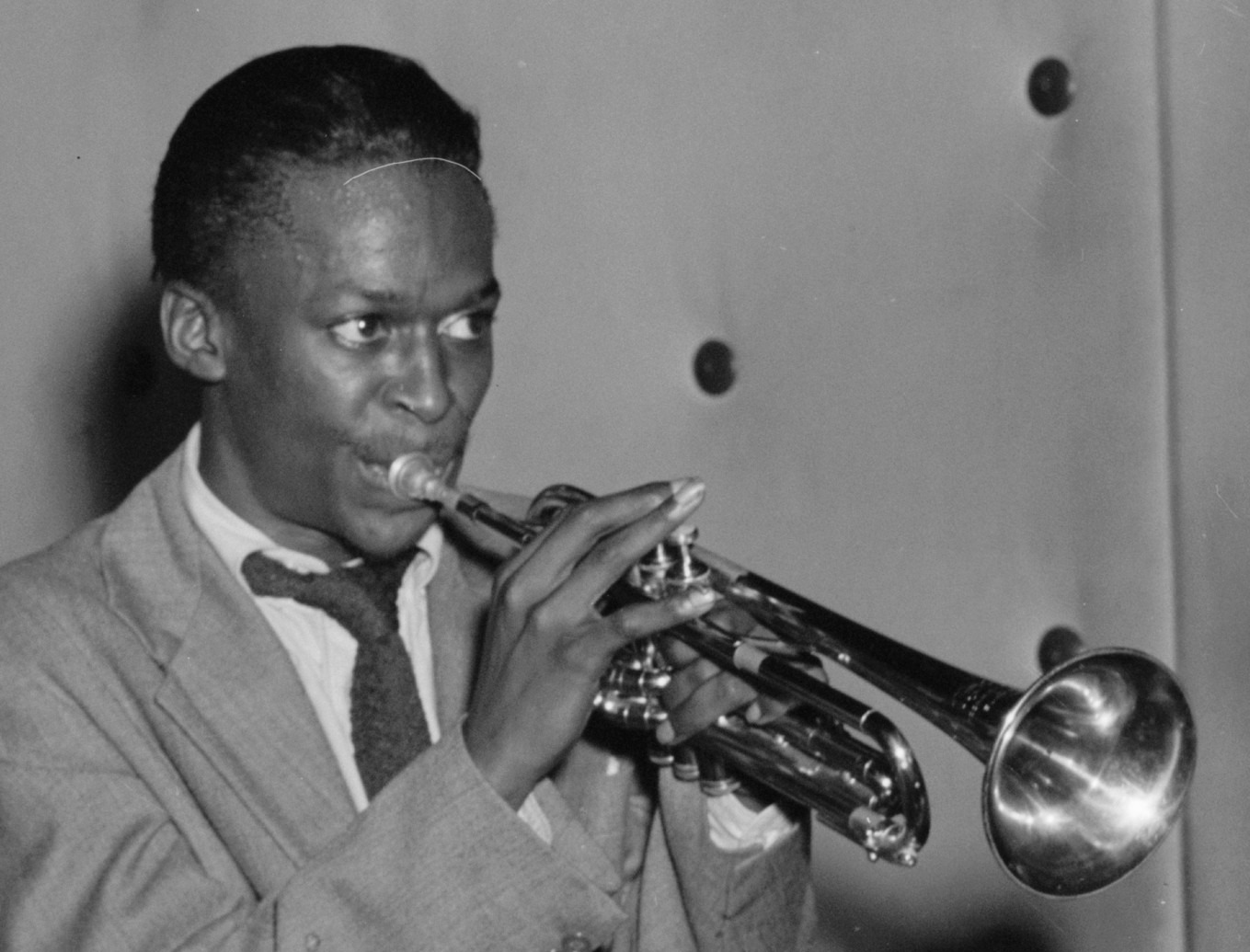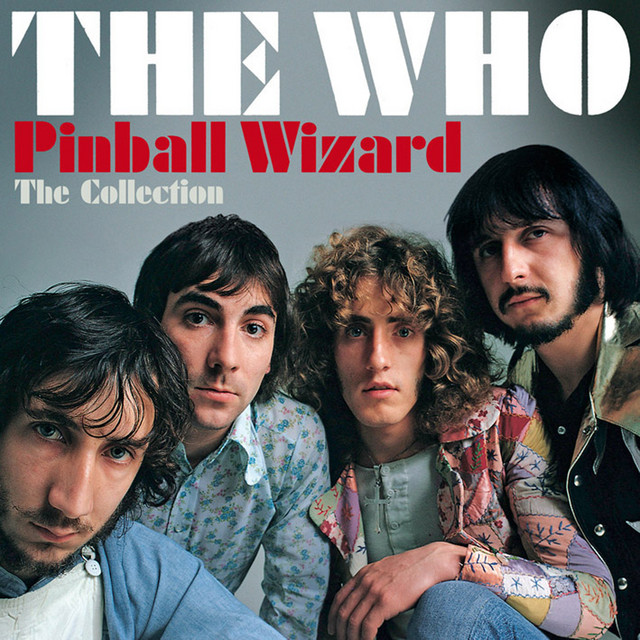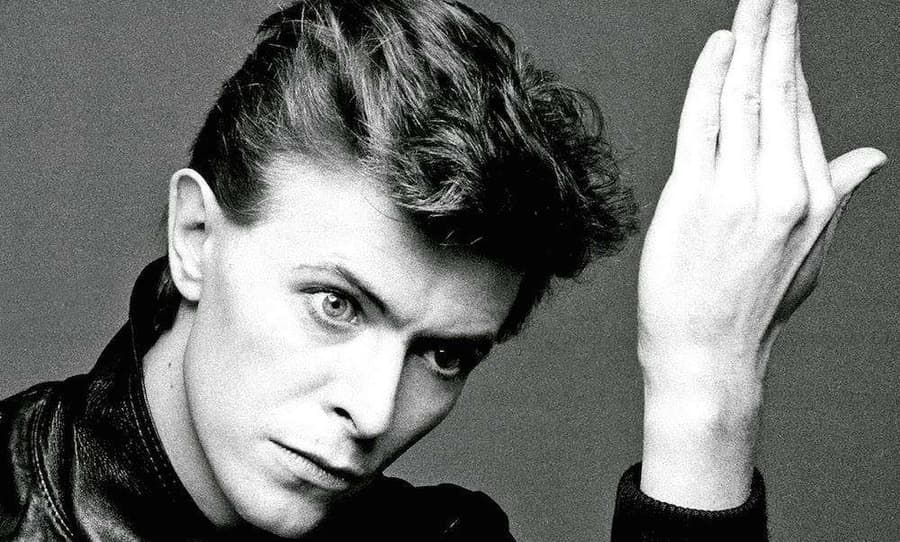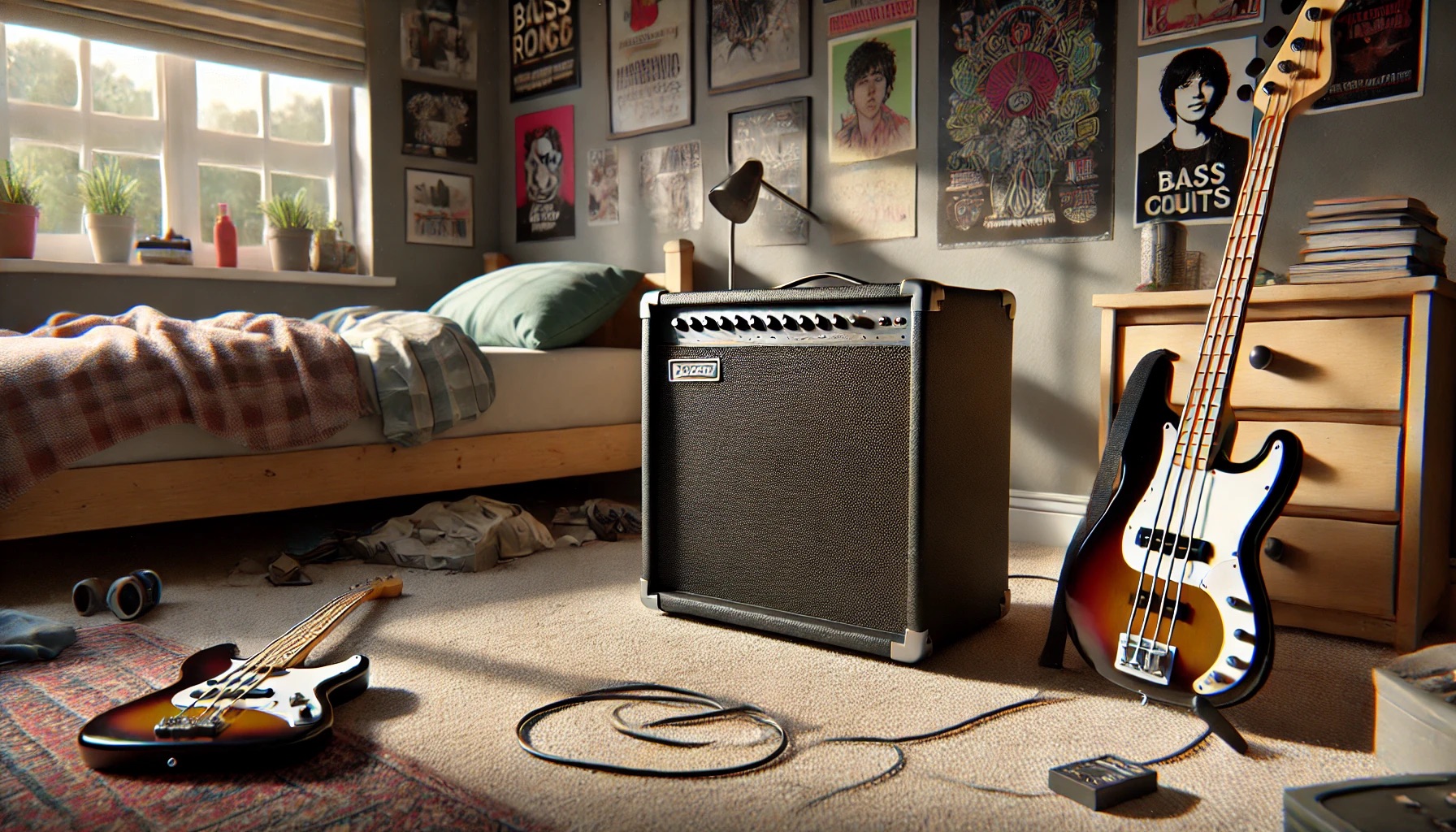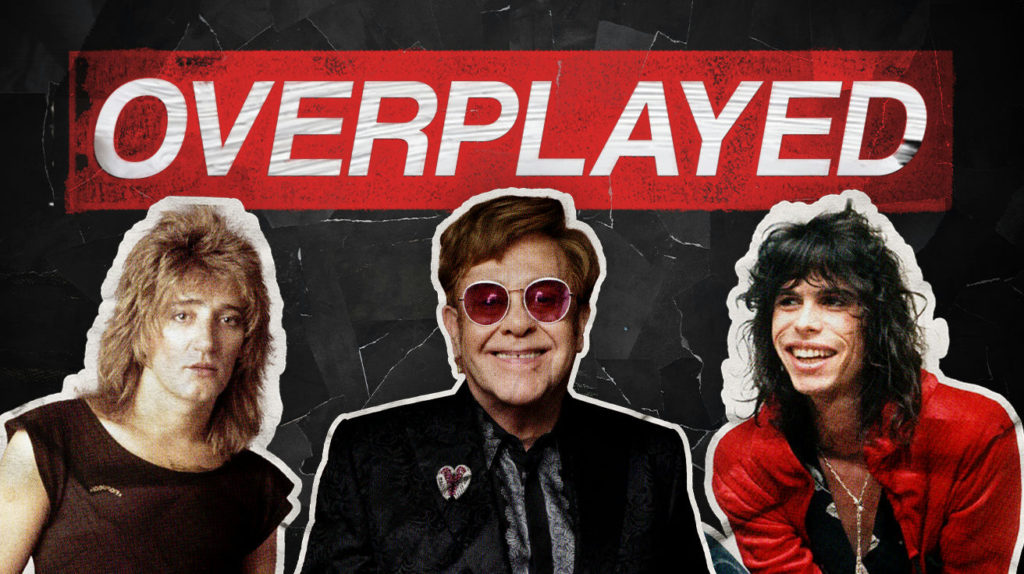
Welcome to the polyester parade of 1970s music—an era when eight-track players ruled supreme and radio stations tortured listeners with endless repeats. These once-beloved anthems took over the airwaves like that one houseguest who refuses to leave. Remember how the mere opening notes could trigger an involuntary eye-roll? Yeah, that happened a lot.
13. Hotel California – The Eagles (1976)
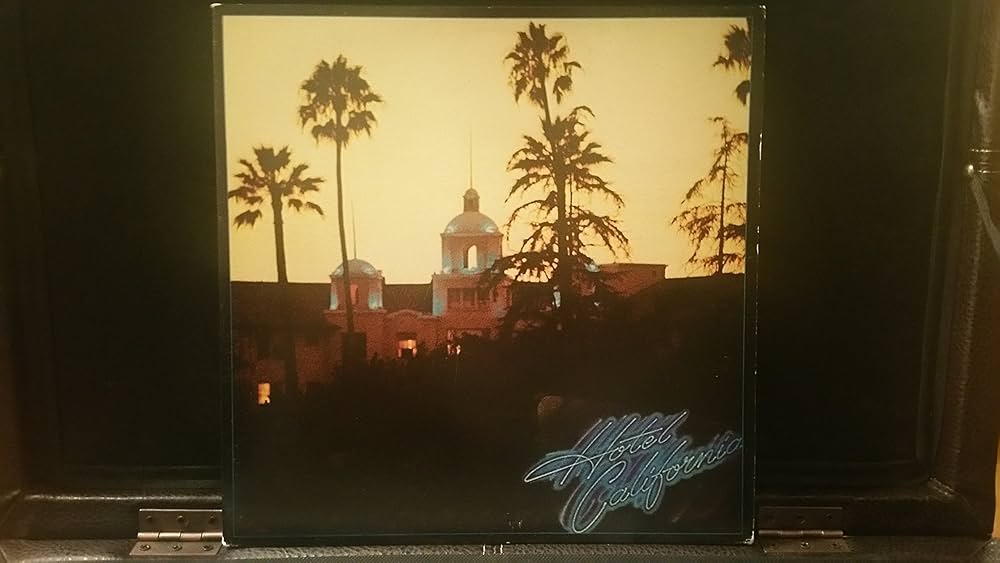
Those opening guitar notes signal six minutes in a California establishment with bizarre checkout policies. The Eagles crafted this masterpiece with Don Felder’s guitar solo so memorable you’d recognize it in your sleep. Radio stations played this track obsessively. Way too obsessively.
The song spread like wildfire through FM radio, becoming as unavoidable as awkward small talk in elevators. Despite being played so frequently you could set your watch by it, “Hotel California” somehow remains compelling decades later.
Even the band members developed a love-hate relationship with their creation. They performed it at every concert while secretly wondering if anyone would notice if they skipped it just once. (Spoiler alert: Everyone would notice. And complain. Loudly.)
12. Stairway to Heaven – Led Zeppelin (1971)
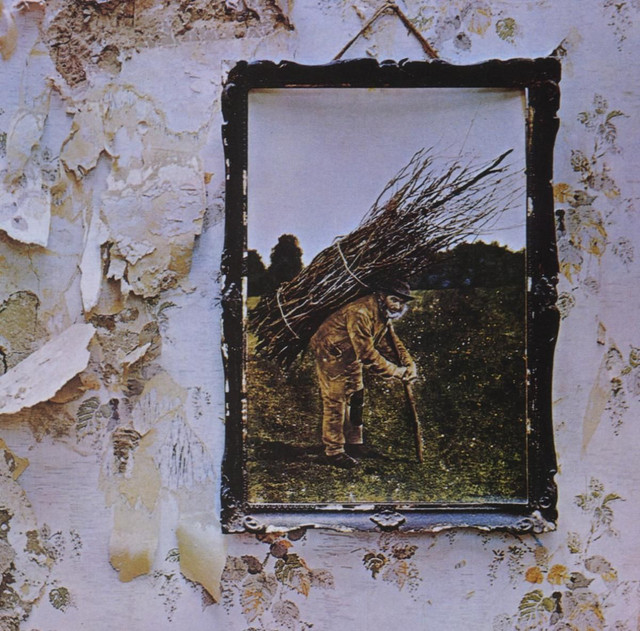
The eight-minute epic that guitar store employees still hear in their nightmares. Page’s intensifying guitar work paired with Plant’s urgent vocals created something that feels longer than the line at the DMV on a Monday morning. Despite never being released as a single, the song achieved remarkable ubiquity.
Some radio stations eventually declared “Stairway-free weekends” as a public service. This was less a programming choice and more an act of mercy for their staff.
Today, “Stairway” exists in a weird musical purgatory. It’s simultaneously the greatest rock song ever recorded and the one most likely to make people lunge for the radio dial. How something can be both brilliant and thoroughly exhausting is one of music’s greatest mysteries.
11. Freebird – Lynyrd Skynyrd (1973)

Before becoming comedy’s longest-running heckle, “Freebird” was simply Southern rock’s ambitious experiment. What if a power ballad suddenly transformed into a guitar marathon? The song spawned the tradition of shouting its name at completely inappropriate venues. Sure, ask the jazz quartet to play Freebird. That’ll go well.
Those guitar solos stretch longer than most attention spans in the digital age. They either represent the pinnacle of rock instrumentation or the perfect opportunity to grab another drink.
The band’s tragic plane crash in 1977 added poignancy to lyrics about not being tied down. Even listeners who groan at those opening notes still feel a twinge of respect. The song hangs around in our cultural memory like that high school talent show performance nobody will let you forget.
10. American Pie – Don McLean (1971)
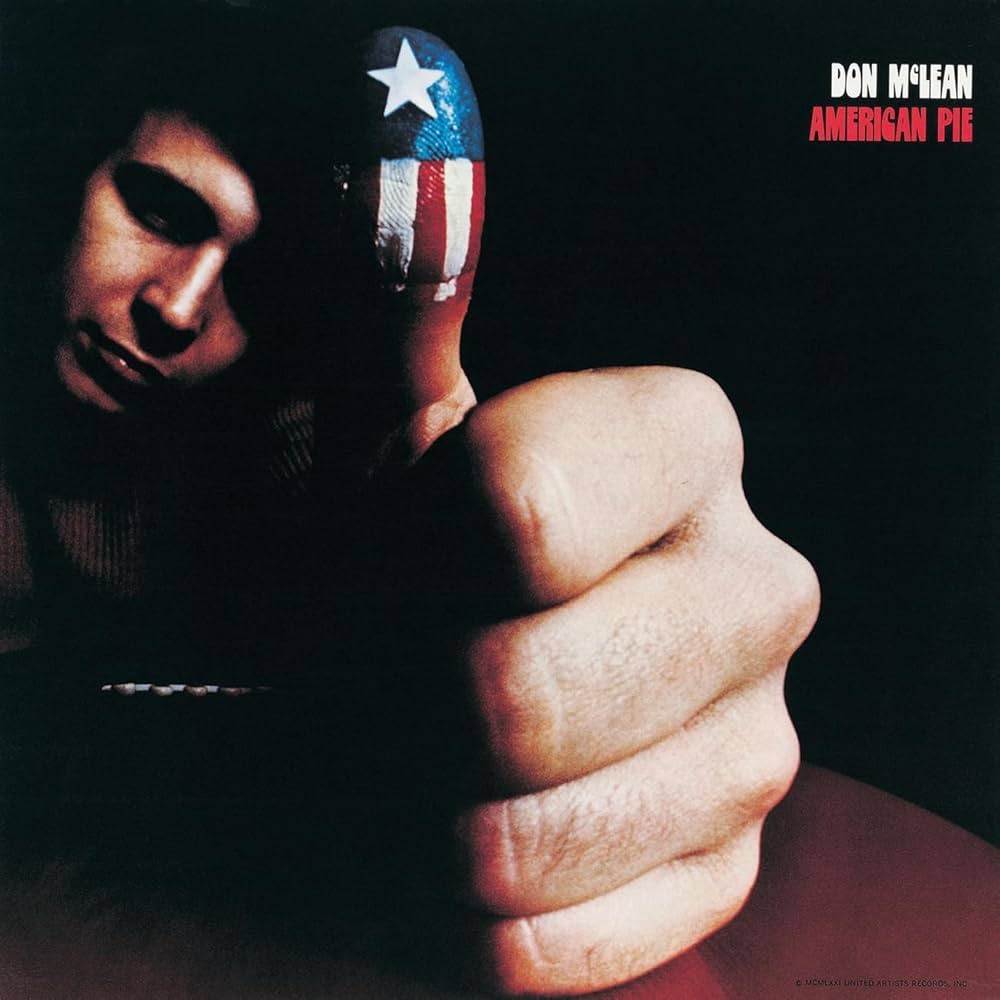
Nothing tests patience quite like McLean’s epic musical history lesson. At over eight minutes, “American Pie” isn’t just a song—it’s a commitment. It references “the day the music died” and roughly 174 other cultural moments that spawned more academic papers than actual chart-toppers.
McLean’s refusal to explain his lyrics only enhanced the mystique. English teachers everywhere still assign meaning-hunting essays about it. The repetitive chorus—initially charming—eventually became as welcome as that one commercial jingle you can’t get out of your head.
Nevertheless, it persists as cultural shorthand for both artistic ambition and overthinking lyrics. The song became so embedded in American culture that not knowing the chorus might get your citizenship questioned. (Not legally, of course, but socially? Absolutely.)
9. Sweet Home Alabama – Lynyrd Skynyrd (1974)
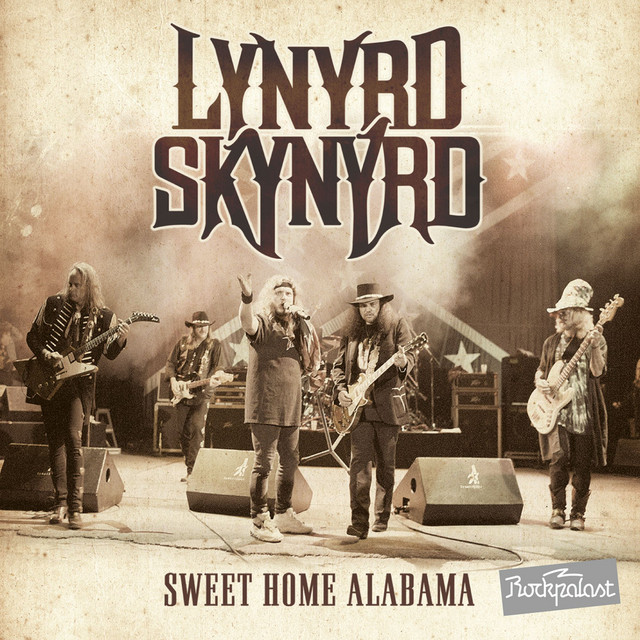
Few opening guitar riffs simultaneously delight bar patrons and terrify wedding DJs quite like this one. This Southern anthem—conceived as a response to Neil Young’s “Southern Man”—created a musical regional dispute that makes modern Twitter arguments look civil by comparison.
The song’s politics remain as divisive as bringing up tax policies at Thanksgiving dinner. Interpretations range from “celebration of Southern culture” to “problematic defense of Alabama’s history.”
Decades as the default soundtrack for everything from college parties to truck commercials diluted its impact. Now it exists in that strange realm where everyone knows every word while simultaneously wishing they could hear literally anything else. Just once. Please.
8. Staying Alive – Bee Gees (1977)
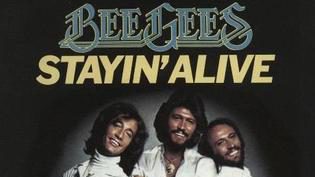
This song transformed the Bee Gees from folksy balladeers to falsetto-wielding disco overlords faster than fashion trends change on TikTok. The infectious beat—scientifically engineered to be impossible not to strut to—dominated clubs with ruthless efficiency.
John Travolta’s iconic strut inspired a generation of dancers with two left feet and boundless optimism. The song on rock stations felt like spotting a penguin in the desert—fascinating but clearly in the wrong habitat.
Despite triggering the eventual disco backlash, “Staying Alive” endures as the song most likely to make people unconsciously walk in time with the beat. The next time you notice everyone at a crosswalk mysteriously in sync, check if a passing car is playing this track. Mystery solved.
7. More Than a Feeling – Boston (1976)
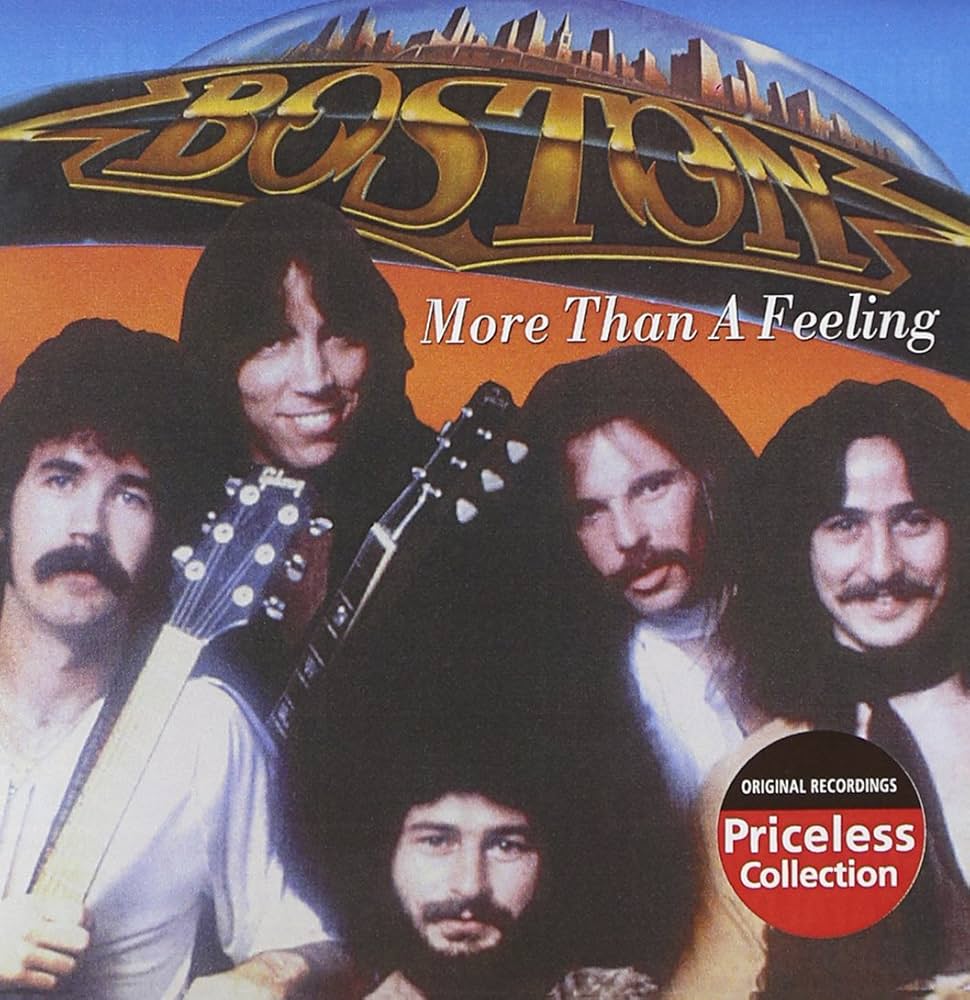
Boston’s debut single—the product of Tom Scholz’s five-year basement tinkering—combines technical precision with nostalgia better than a time machine could. That guitar riff announced itself with all the subtlety of a fireworks display in a library. Radio stations responded by playing it approximately every seventeen minutes for decades.
The song works like some kind of musical comfort blanket—familiar and soothing even on your worst days. Despite the overexposure, it remains arena rock’s perfect specimen.
6. Dream On – Aerosmith (1973)
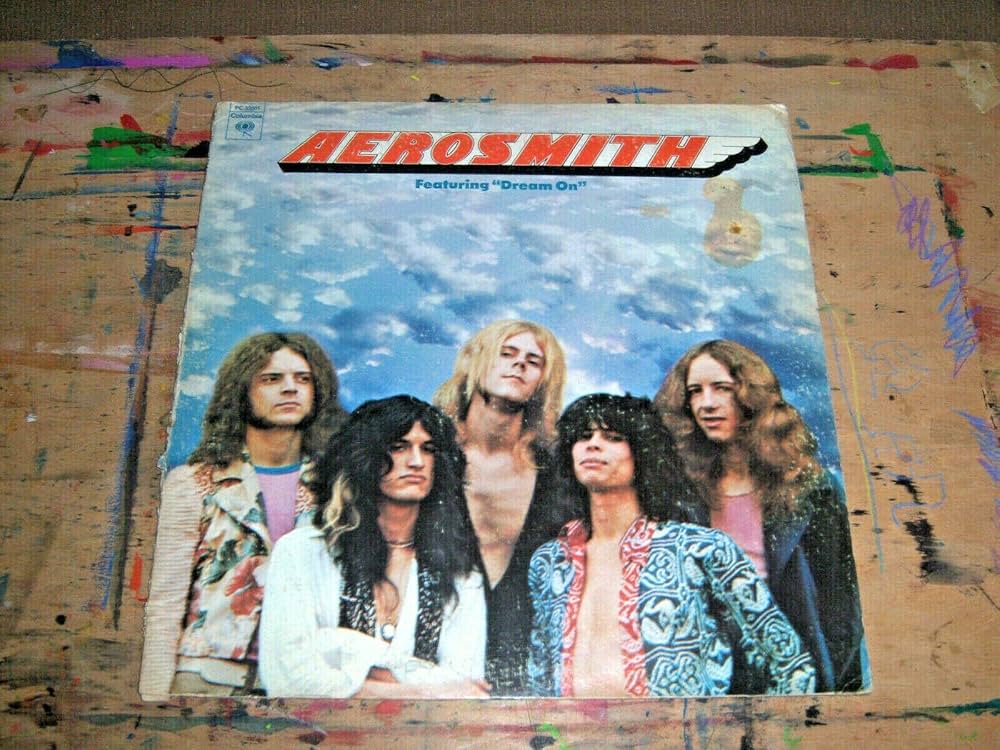
Before Steven Tyler became known for scarves and falling off stages, he penned this power ballad at 17—when most people were writing poetry that deserved immediate deletion. His vocal journey from contemplative crooning to glass-shattering high notes transformed “Dream On” into rock’s most dramatic escalation.
Radio stations loved this built-in intensity. They played it with such regularity that listeners’ reactions evolved from “turn it up!” to “this again?” in record time.
Despite the overexposure, “Dream On” remains a standout in Aerosmith’s catalog—like finding an actual good movie on a plane. Its message of perseverance continues connecting with new listeners, even as longtime fans reach for the skip button with Olympic-level speed when those familiar piano notes begin.
5. Maggie May – Rod Stewart (1971)
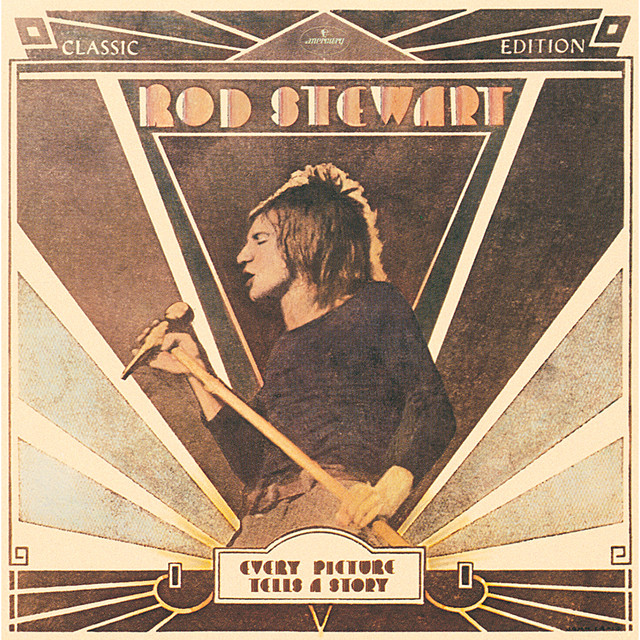
Originally relegated to B-side status (the pre-streaming equivalent of being buried in a playlist), “Maggie May” quickly overshadowed its companion track. Stewart’s raspy tale of a young man’s education in more than academics was scandalous in 1971. Back then, “shocking” meant showing ankles, not breaking the internet.
The distinctive mandolin riff and Stewart’s sandpaper vocals gave radio something different. They promptly ruined it through the time-honored tradition of playing it until listeners developed a pavlovian twitch.
Five decades later, Sir Rod still performs it to crowds who simultaneously roll their eyes and sing every word. The song hangs around our cultural consciousness like that childhood nickname that follows you into adulthood. You claim to hate it, but it’s part of your identity now.
4. Go Your Own Way – Fleetwood Mac (1977)
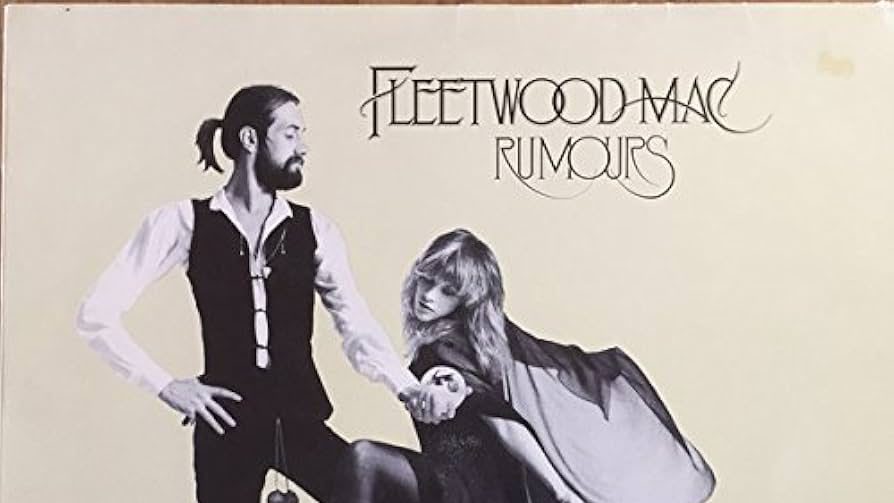
Nothing says “professional workplace” quite like writing a bitter breakup song about your bandmate, then making her sing on it. Buckingham’s musical kiss-off to Nicks created history’s most passive-aggressive recording session and radio’s favorite dysfunctional relationship anthem.
The raw emotion behind the song—genuine relationship debris captured for posterity—helped it connect with anyone who’s ever wanted to tell an ex exactly where to go. Unlike songs that lose meaning through repetition, knowing the real-life drama adds layers.
The track spreads through speakers like gossip through a small town—impossible to contain and oddly satisfying to share. It’s musical eavesdropping on someone else’s argument—uncomfortable but impossible to ignore, especially when the guitar solo kicks in.
3. The Joker – Steve Miller Band (1973)

With lyrics apparently assembled using refrigerator magnets after a long night out, Steve Miller’s laid-back anthem made “pompatus” a real word through sheer confidence. The song’s deliberate nonsense and easy groove became the soundtrack for activities that required minimal thinking and maximum vibes.
Despite—or because of—its peculiar lyrics, “The Joker” remains beloved as classic rock’s goofball relative. It’s the musical equivalent of that friend who shows up to dinner with a ridiculous story and somehow makes the whole evening better.
Its continued popularity proves sometimes we don’t want musical complexity—we just want to argue about whether he’s saying “space cowboy” or “bass cowboy” while playing terrible air guitar. (It’s definitely “space cowboy,” by the way. Though the debate continues in cars across America to this day.)
2. Dust in the Wind – Kansas (1977)
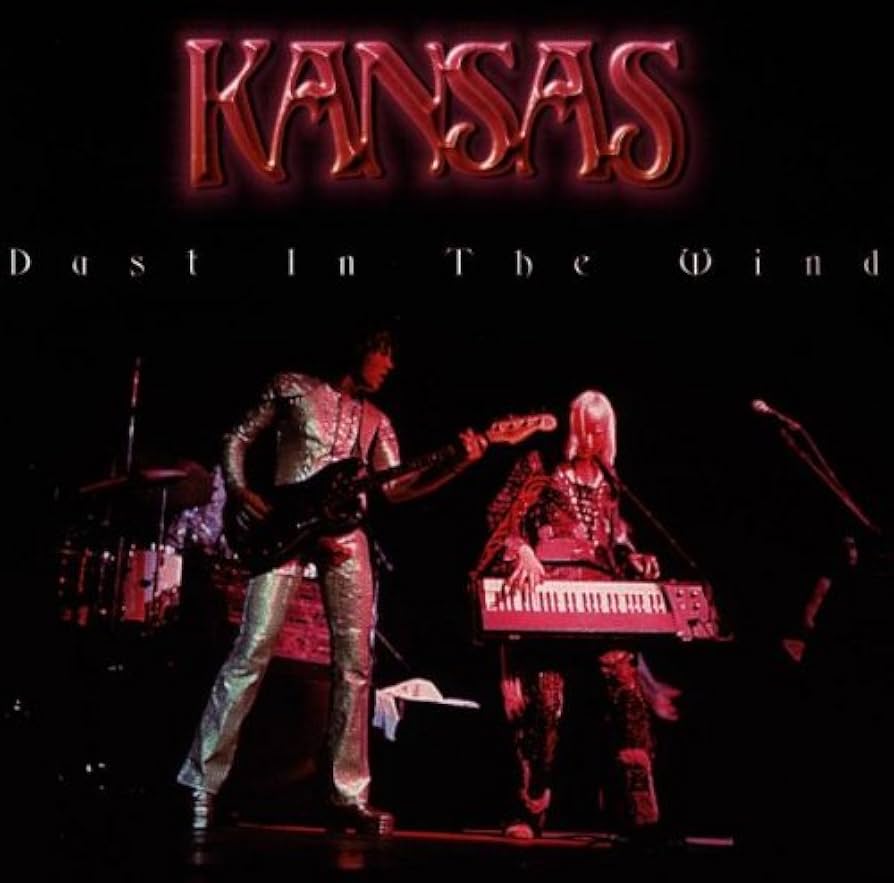
Born from a simple finger-picking exercise, “Dust in the Wind” transformed from guitar practice into existential crisis background music. Its gentle acoustic approach and cheerful reminders of human insignificance made it perfect for contemplative moments between commercials for laundry detergent.
The song floats through speakers like autumn leaves in the wind—beautiful, melancholy, and impossible to ignore. Its relentless message about life’s impermanence ensures continued relevance, though its overuse during sad TV moments has somewhat dulled its impact.
“Dust in the Wind” stands as rock’s most successful reminder of mortality that somehow still gets heads nodding. The lyrics make Nietzsche seem like a motivational speaker, yet people still request it at parties. (What kind of parties? The kind you might want to leave early.)
1. Benny and the Jets – Elton John (1973)
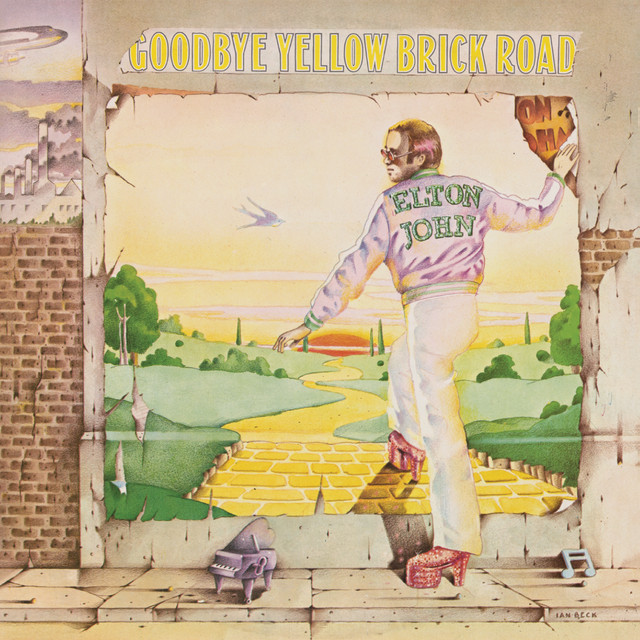
Elton’s theatrical ode to a fictional band captured glam rock’s excesses while proving nobody actually knows the correct lyrics. The distinctive piano introduction and strategically mumbled words created a generation of confidently incorrect singing—like reading assembly instructions and deciding you’ll figure it out as you go.
The addition of artificial crowd noise created rock’s first simulated concert experience decades before virtual reality. Constant radio play eventually stripped away this innovative aspect faster than Elton could change outrageous outfits.
“Benny and the Jets” endures as a showcase for Sir Elton’s talents as both pianist and showman. Its staying power proves that sometimes theatrical flair, catchy hooks, and unintelligible lyrics create the perfect singability—even when nobody’s quite sure if they’re singing about electric boots, mohair suits, or something else entirely.





